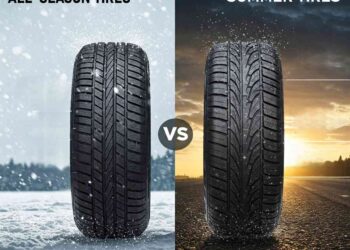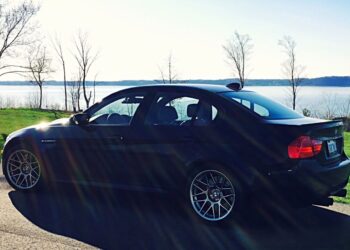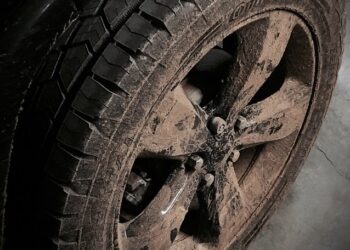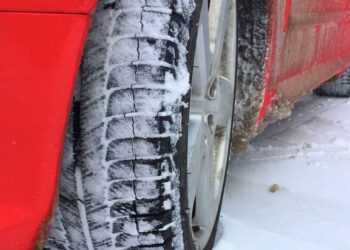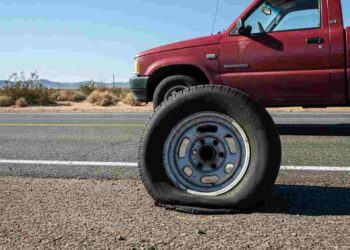Car Review
Video
Provided by TopGear, via YouTube
Continental TerrainContact A/T Review
It was tire love at first sight when we learned of the Continental TerrainContact A/T and its claimed qualities. Continental's 3 year all-terrain project reportedly culminated in a tire that delivers the goods off-road, but also maintains on-road...
Read moreDetailsContinental TerrainContact A/T Review
It was tire love at first sight when we learned of the Continental TerrainContact A/T and its claimed qualities. Continental's 3 year...
Read moreDetailsSnow Tire vs All Season Tire: Snow Tire Information & Perspective
If you endure true winter conditions, then on the basis of safety you should give serious consideration to running snow tires on...
Read moreDetailsThe Five Worst Original Equipment Tires Of The 21st Century
During vehicle development, automotive engineers are renowned for spending countless hour poring over fine details, and making minute adjustments with...
Read moreDetailsAre All-Terrain Tires Winter Capable?
The aggressive tread and off-road capabilities of all-terrain tires might have you thinking that they'd be suitable for winter purposes...
Read moreDetailsWho Makes The Best Original Equipment Tires? Don’t Ignore These Before Buying a New Car!
Our tire-centricity knows no bounds. And so you'll probably think we're crazy when we advise that before you purchase a...
Read moreDetailsCategories
This is a newly developed website, so please forgive me for not able to serve you the prettiest and cleanest website. I will gradually improve it day by day. Thank you for your understanding.
About
All about Automotive and tires Education, news, reviews, personal opinions, etc. Check our site for details.
Copyright © 2024 AutoColumnist


